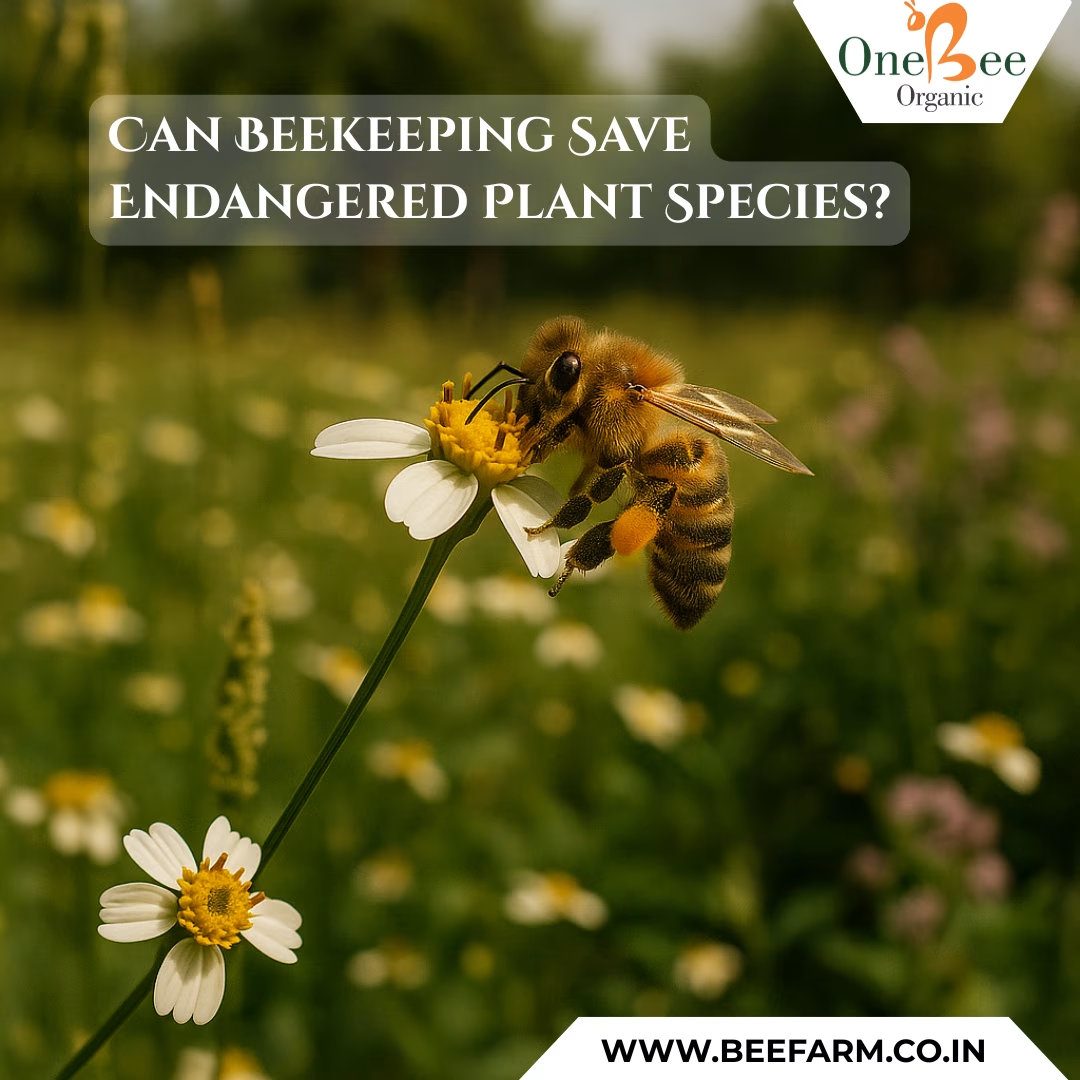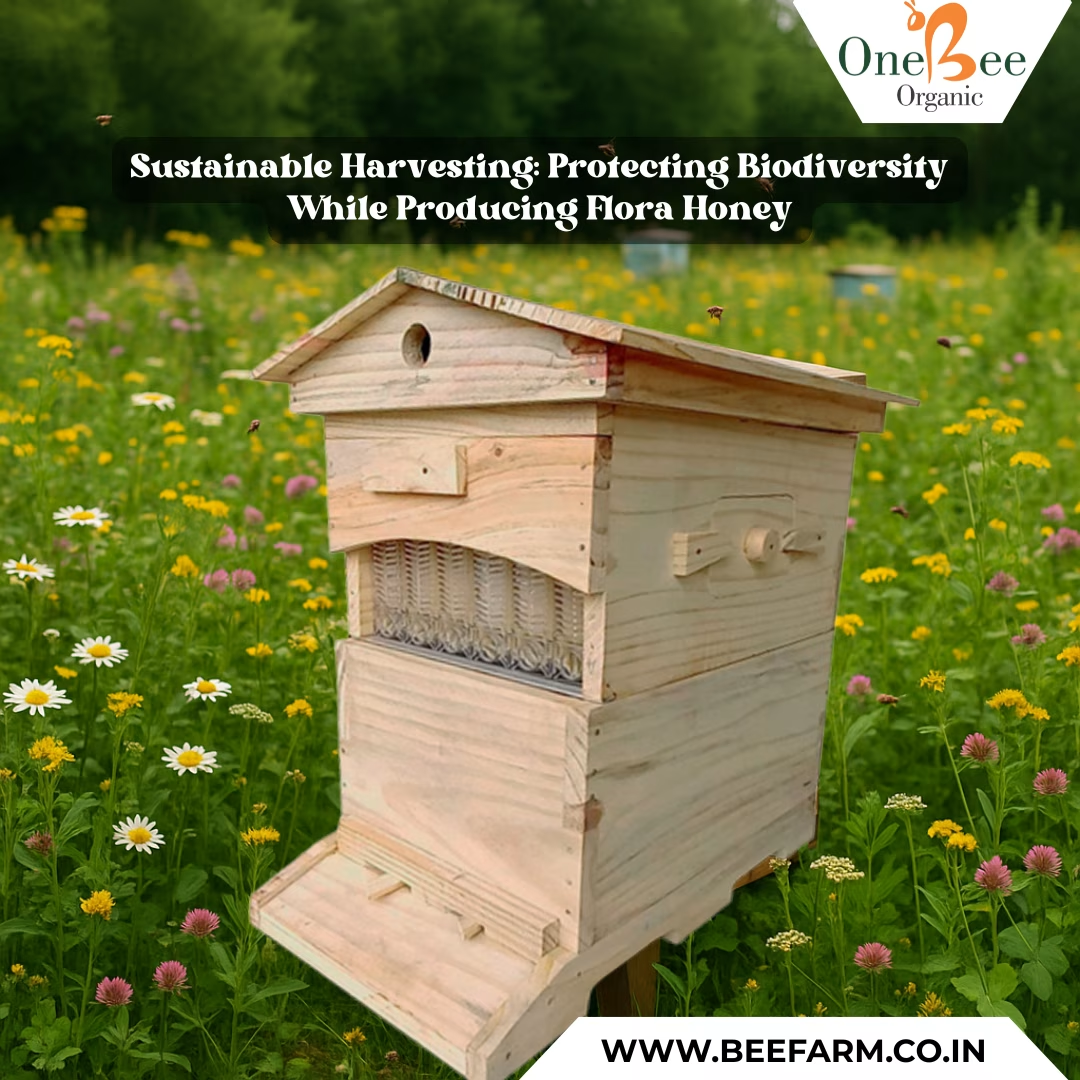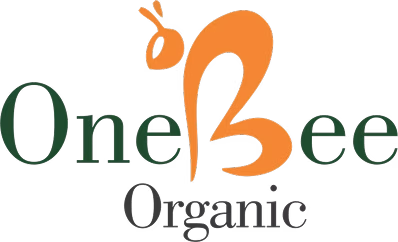Can Beekeeping Save Endangered Plant Species?
In the face of rapid biodiversity loss and environmental degradation, the importance of pollinators—especially bees—has never been more evident. While beekeeping is often celebrated for honey production and its economic benefits, its potential to support the survival of endangered plant species deserves equal attention. Through strategic and sustainable practices, beekeeping can indeed become a powerful tool for ecological conservation.
Understanding the Bee-Plant Relationship
Bees and flowering plants share an ancient and intricate relationship. As bees forage for nectar and pollen, they inadvertently pollinate flowers, enabling plants to reproduce. Notably, more than 75% of flowering plant species rely on animal pollinators like bees for successful fertilization. Consequently, when bee populations thrive, pollination rates increase—supporting the growth and regeneration of diverse plant life, including species that are currently endangered.
The Role of Beekeeping in Conservation
Transitioning from traditional to responsible beekeeping practices significantly enhances environmental balance. Here’s how:
- Supporting Pollination Networks: Beekeepers often place hives in remote or under-pollinated areas. These managed bee colonies help bridge the gap in pollination services caused by habitat loss and declining wild bee numbers.
- Boosting Native Flora: In regions where native plant species are at risk, increased bee activity can stimulate more frequent and successful pollination cycles. This revitalizes plant populations and helps restore their natural habitats.
- Promoting Organic Farming and Wild Spaces: Many beekeepers prioritize locations that offer diverse flora, such as organic farms, wildflower meadows, or forest edges. These areas not only benefit from improved yields but also serve as sanctuaries for rare plant species.
Real-World Impact: Bees as Biodiversity Guardians
Across the globe, initiatives that combine conservation and beekeeping have shown promising results. For instance, community beekeeping programs in parts of Africa and Asia are helping protect endangered tree species by enhancing pollination. Similarly, rewilding projects in Europe now integrate beekeeping to rejuvenate meadowlands and forgotten herbs that rely on insect activity to thrive.
Challenges and Considerations
While beekeeping offers remarkable ecological benefits, balance remains key. Overcrowding an area with honeybees may outcompete native pollinators if not managed mindfully. Therefore, conservation-driven beekeeping must:
- Use local bee species
- Avoid overharvesting honey
- Prioritize habitat restoration alongside hive placement
Final Thoughts: A Pollinated Future
Beekeeping, when approached through the lens of sustainability and stewardship, becomes much more than a source of honey—it becomes a powerful ally in the fight to preserve Earth’s botanical heritage. By supporting pollination, enriching ecosystems, and encouraging biodiversity, bees and their keepers are quietly safeguarding the future of endangered plant species.
As we continue to face ecological uncertainty, investing in bees might just be one of the most natural and effective ways to protect the planet’s rarest and most precious plants.








Leave A Comment